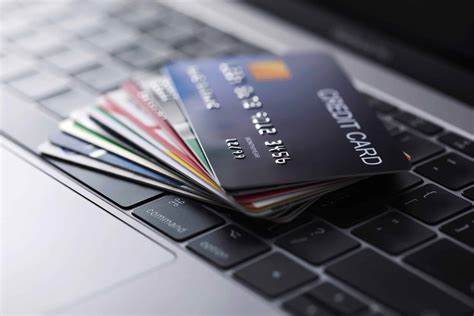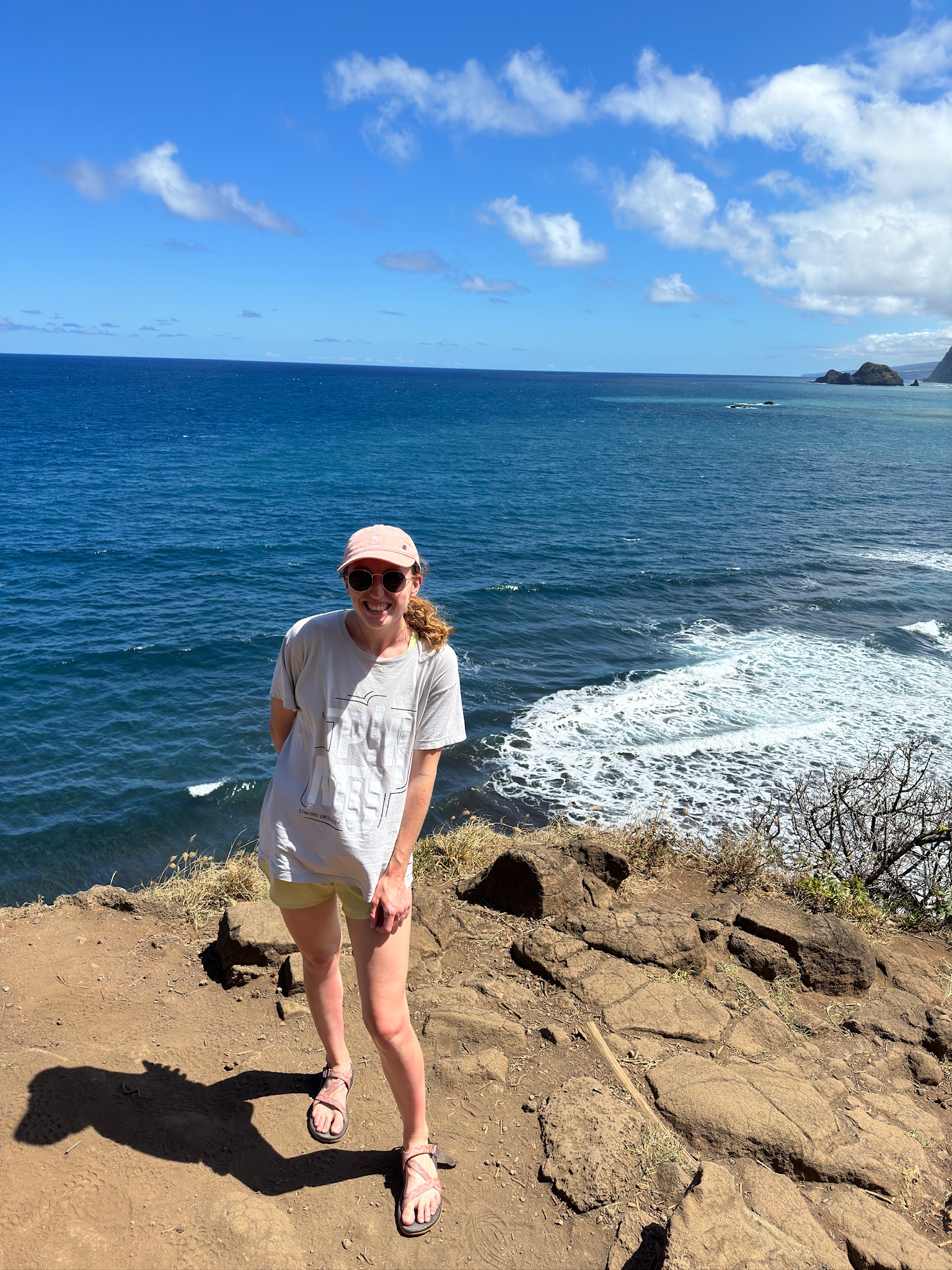
Welcome to my first post on all things travel hacking! I became really into credit cards and earning points a few years ago, and I love how I am able to have more luxurious experiences, stay in incredible places, and fly in some amazing seats, all while using credit card points to subsidize the cost! These experiences wouldn’t be possible if I was paying out of pocket on my nurse salary.
My goal with this website is to teach you how you can maximize your travel experience, allowing your money to work for you as you continue working full time.
In this post I am going to share some credit card basics — things you NEED to know if you want to get into the travel hacking game! I am going to take some commonly asked questions from my friends and answer them here as well! Let’s dive into it!
Okay so what is travel hacking?
Great Question! Travel hacking is a term people use to describe how you can use credit cards to earn points that can then be redeemed for amazing travel experiences. It’s called “hacking” because sometimes it takes a little research to find hotels and flights using points. Once you get the hang of it, it is pretty simple. You can continue using credit cards to purchase items you buy everyday, allowing your points to add up and contribute to fun trips!
The first step to travel hacking? — getting a credit card!
“But wait, Taryn, isn’t getting multiple credit cards a bad thing?”
Actually not at all! The disclaimer I must make is that travel hacking is only for people who use credit cards responsibly. You never want to carry a balance on a credit card just because you are trying to earn credit card points. Going into credit card debt would defeat the point…no pun intended. I have eight credit cards and a very high credit score. The reason my score is so high is because the more credit cards you have, the higher your credit limit is. This is because each card contains more credit, which in turn means a lower percentage of overall credit utilization across cards. Did that just confuse you? Let’s break it down even more.
Credit Limit
When you first open a credit card, the company will give you a credit limit. The limit is how much money the bank is willing to loan you. Your credit score, income, and your on time payment history all factor into your credit limit. On my Chase Sapphire Preferred card, I have a $10,000 credit limit. Therefore, if I wanted to be crazy and buy 10 Louis Vuitton Bags for a total of $10,400, I would not be able to purchase those 10 bags on my card due to the cost being over the maximum amount of credit the bank is willing to loan to me- the credit limit.
Credit Utilization
Credit Utilization is the percentage of your total credit from the bank you use each month. A generally good credit utilization that credit bureaus like to see is less than 20% of your credit limit utilized each month. I personally like to stick to around 10% each month to be super safe. Sticking with my $10,000 credit limit example, this means each month I would want to carry a balance of $1,000-$2,000 to stay within a healthy credit utilization. That’s what the credit bureaus like to see! As you might imagine, more credit cards means more lines of credit, which means less utilization overall (if spending remains constant). Therefore, as your credit limit increases, the amount you can spend to be under the 20% threshold increases.
So now that I have convinced you it’s okay to open a credit card, the first step to travel hacking is getting a travel hacking credit card! There are all kinds of types of credit cards, but for your first card I would recommend going with a good intro card like the Chase Sapphire Preferred or Capital One Venture Card. See my “what’s in my wallet” post for other good card suggestions! These two cards have low annual fees but give you lots of benefits. So you apply and get your first card- amazing!! Now what?
Spend enough money to get the sign on bonus
A sign on bonus is a huge chunk of points that you earn when you first sign up for the credit card and spend a certain amount of money within a certain amount of months. For my Chase Sapphire Preferred (CSP), I earned 100,000 points by spending $4,000 in 3 months (just a note I have never seen the CSP sign on bonus as high as this and I got this bonus in 2021). That is a huge chunk of points! Most travel hackers earn the bulk of their points in the form of a sign on bonus (signing up for new cards).
Put Everyday Spending on your Card!
Each credit card comes with a different set of perks. Most come in the form of earning extra points in certain categories. Let’s just keep rolling with the CSP example. This card earns 3x points on dining, 3x on streaming services, 3x points on online groceries, 2x points on travel, and 5x points on travel booked through the Chase portal. What these point categories mean are that if you go out to a restaurant and spend $30, you will earn 90 Chase points (3x the points). This is why it is important which purchases you put on each credit card (if you only have one card, that choice is already made for you!). For example, I have the CSP but it doesn’t earn any bonus points on gas. So, when I go to a gas station, I don’t use my Chase card. Instead, I use a different credit card (Alaska Airlines Visa) that gets me 2x the points on gas.
Not all points are created equal
The best type of credit card points to earn are transferable points. I will cover this more in depth in my next blog post, but transferable points are points that transfer to lots of different airlines and hotels. These transferable points are
— Chase
— Amex
— Capital one
— Citi
Points that are not transferable (meaning they are only good for one airline/hotel) are any hotel/airline branded credit card. I have a few non-transferable points cards and they are swiped much less in my wallet. I have the Alaska Airlines Visa and Marriott Bonvoy card. I keep these cards mainly for the perks but I rarely put my everyday spending on these cards because these cards only earn Alaska Miles or Marriott Bonvoy points, and I would rather put my spending on a card that gives me lots of airlines/hotels to earn points on!!
Okay, so now that I have covered some of the basic terms of travel hacking in our travel hacking intro, what questions do you have? What should I write about next? Thank you so much for reading! Happy travel hacking!!






